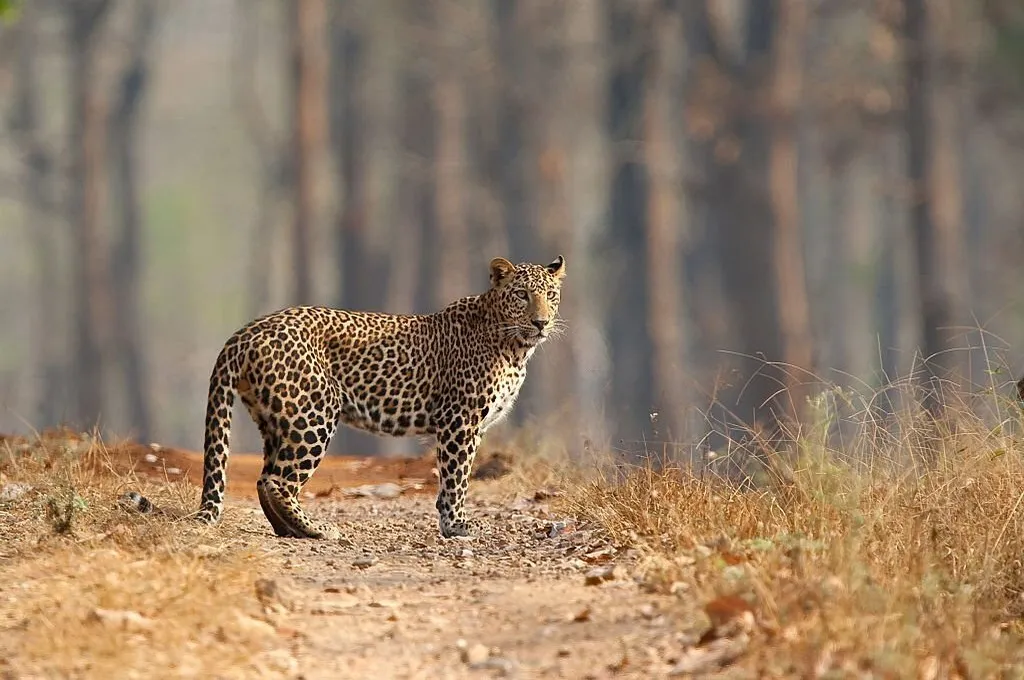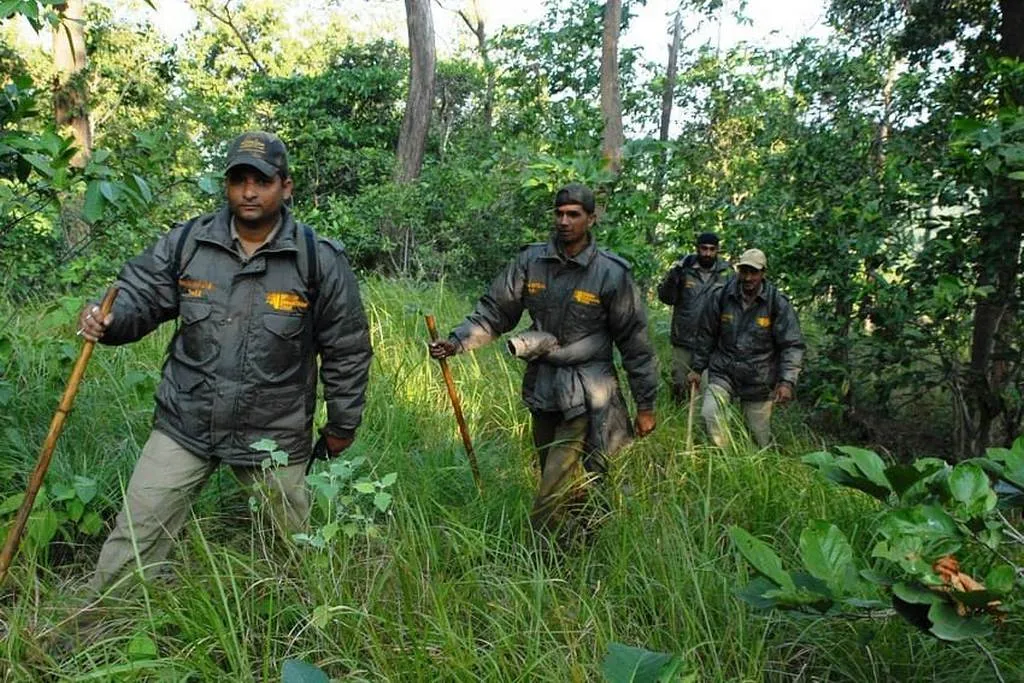Amidst the challenges of the pandemic, Indian wildlife conservation has made significant strides, offering hope and inspiration. Here’s a roundup of the major developments in Indian wildlife, curated by Oyepedia Travel LLP.
Rising Tiger Population

India has achieved a remarkable milestone by doubling its tiger population in the past 14 years, increasing from 1,400 to 2,967. The government now plans to boost the tiger population by an additional 35%. This ambitious target emphasizes the need for over 10 million hectares of forest land to support these majestic predators. The economic and ecological benefits of tiger conservation are evident as tiger tourism drives revenue and provides direct support to local communities.
Leopard Numbers Soar

India’s leopard population has grown significantly, from approximately 8,000 in 2014 to over 12,000, reflecting a 50% increase. Improved census techniques have contributed to this surge, with better coverage and accuracy. Leopards, often found near fringe forests, thrive in areas with abundant prey. Top destinations for leopard sightings include Gir, Tadoba, Bera, Kabini, and Kuno Palpur, offering exceptional safari experiences.
Fishing Cat Finds New Habitat
Panna National Park recorded its first-ever sighting of the endangered Fishing Cat, a species typically found in the Sunderbans, North East India, and Dudhwa National Park. The sighting along the Ken River marks a significant milestone for small cat conservation, delighting wildlife enthusiasts.
Dolphin Conservation Efforts Renewed

A new Dolphin Conservation Reserve is set to open in Hastinapur Wildlife Sanctuary, Uttar Pradesh, aiming to protect the critically endangered Gangetic Dolphin. The last survey in the area recorded 41 dolphins. Other notable dolphin habitats include the Chambal River and Katarniaghat Sanctuary. These initiatives underline the commitment to preserving India’s aquatic biodiversity.
Rajaji National Park Welcomes Visitors
After reopening in July, Rajaji National Park has become a key destination for wildlife enthusiasts. Located near Haridwar and Rishikesh, the park is home to Asian elephants, tigers, and leopards. Recent efforts to relocate tigers from Jim Corbett National Park have enhanced its wildlife population. Rajaji’s success story highlights the coexistence of wildlife and human settlements in densely populated areas.
Women Empowerment in Wildlife Tourism
Uttrakhand has joined Madhya Pradesh in promoting women as drivers and guides for tiger safaris. Fifty trained women will soon lead tours in Jim Corbett and Rajaji National Parks, following the pioneering efforts of Kanha and Pench National Parks. This initiative empowers women while enriching the safari experience for tourists.
Monsoon Buffer Zones Now Open
For the first time, buffer zones in parks like Kanha, Pench, Tadoba, and Jim Corbett remained open during the monsoon season. This initiative allowed visitors to witness wildlife amidst lush greenery, generating additional revenue and boosting conservation awareness. Contrary to common belief, tiger sightings during the rains were abundant, showcasing the animals’ territorial behavior.
Sharad Vats and the Spirit of Conservation

Sharad Vats, founder of Nature Safari India, has spent over 30 years observing tiger behavior. His efforts, including establishing a premier jungle lodge in Kanha National Park, emphasize “Conservation through Tourism.” His new book on leadership lessons inspired by tigers reflects his passion for wildlife and its connection to human life.
Explore these wonders with Oyepedia Travel LLP and immerse yourself in India’s rich wildlife heritage. Contact us for curated safari experiences across India’s iconic national parks.

